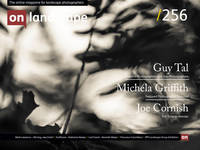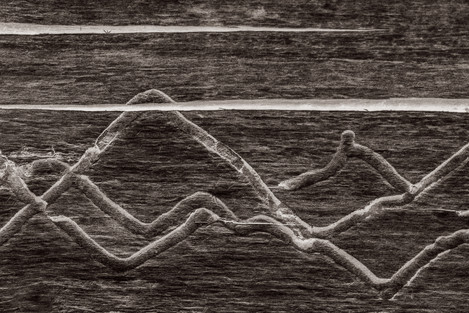A visual rhythm
I’ll play it and tell you what it is later. ~Miles Davis
Ansel Adams spent much of his early years training to become a classical pianist. He often mused about the ways his musical training has influenced his photography. In one interview, Adams said, “Study in music gave me a fine basis for the discipline of photography. I’d have been a real Sloppy Joe if I hadn’t had that.” Adams also famously claimed, “The negative is the equivalent of the composer’s score, and the print the performance.” Adams’s reference to discipline and his analogy of performing a composer’s score, likely are relatable to anyone familiar with the rigours of practising and performing classical music.
The realisation occurred to me some years ago when preparing a set of prints for an exhibition. Although I had printed the same images numerous times before, I found myself re-editing every one of them, some in quite different ways from my original visualisation. My original exposures—film and RAW files—did not point me to any singular “right” interpretation in the same way that a composer’s score might direct a classical performer. Instead, these exposures and the memory of their making set a general mood—a visual rhythm—for me: a baseline to improvise around, in some cases to depart from, in a quite undisciplined, spontaneous, and enjoyable way.
Although I recalled my original intents and visualisations quite vividly, I also experienced new epiphanies, experimented with new interpretations, applied tools and techniques I did not have when making my initial edits, and in some cases ended up “performing” quite different “visual music” than I originally conceived. I realised then that performing a score was not a good analogy to describe my way of working. Instead, I felt more like I was jamming, riffing, improvising, and experimenting in much the same way that a jazz musician may explore new possibilities while playing.



